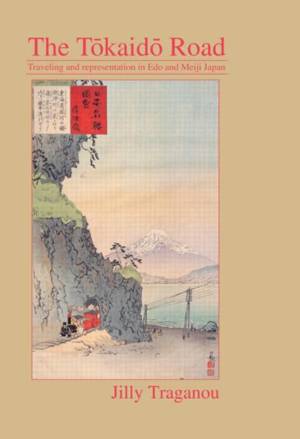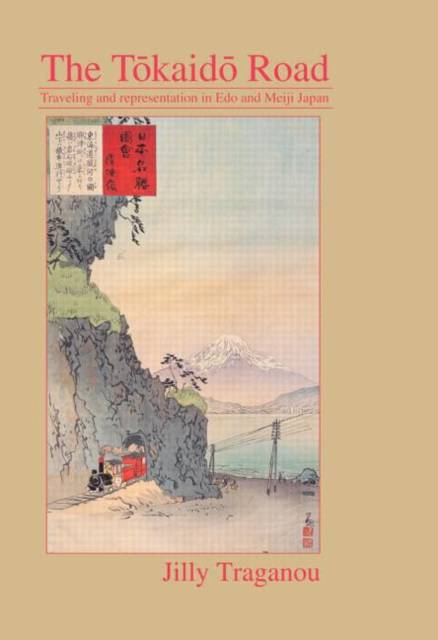
- Afhalen na 1 uur in een winkel met voorraad
- Gratis thuislevering in België vanaf € 30
- Ruim aanbod met 7 miljoen producten
- Afhalen na 1 uur in een winkel met voorraad
- Gratis thuislevering in België vanaf € 30
- Ruim aanbod met 7 miljoen producten
The Tôkaidô Road
Travelling and Representation in EDO and Meiji Japan
Jilly TraganouOmschrijving
The Tôkaidô Road offers a comparative study of the Tôkaidô road's representations during the Edo (1600-1868) and Meiji (1868-1912) eras. Throughout the Edo era, the Tôkaidô highway was the most important route of Japan and transportation was confined to foot travel. In 1889, the Tôkaidô Railway was established, at first paralleling and eventually almost eliminating the use of the highway. During both periods, the Tôkaidô was a popular topic of representation and was depicted in a variety of visual and literary media. After the installation of the railway in the Meiji era, the Tôkaidô was presented as a landscape of progress, modernity and westernisation. Such representations were fundamental in shaping the Tôkaidô and the realm of travelling in the collective consciousness of the Japanese people.
Specificaties
Betrokkenen
- Auteur(s):
- Uitgeverij:
Inhoud
- Aantal bladzijden:
- 288
- Taal:
- Engels
Eigenschappen
- Productcode (EAN):
- 9780415511148
- Verschijningsdatum:
- 29/11/2011
- Uitvoering:
- Paperback
- Formaat:
- Trade paperback (VS)
- Afmetingen:
- 156 mm x 234 mm
- Gewicht:
- 430 g

Alleen bij Standaard Boekhandel
Beoordelingen
We publiceren alleen reviews die voldoen aan de voorwaarden voor reviews. Bekijk onze voorwaarden voor reviews.











